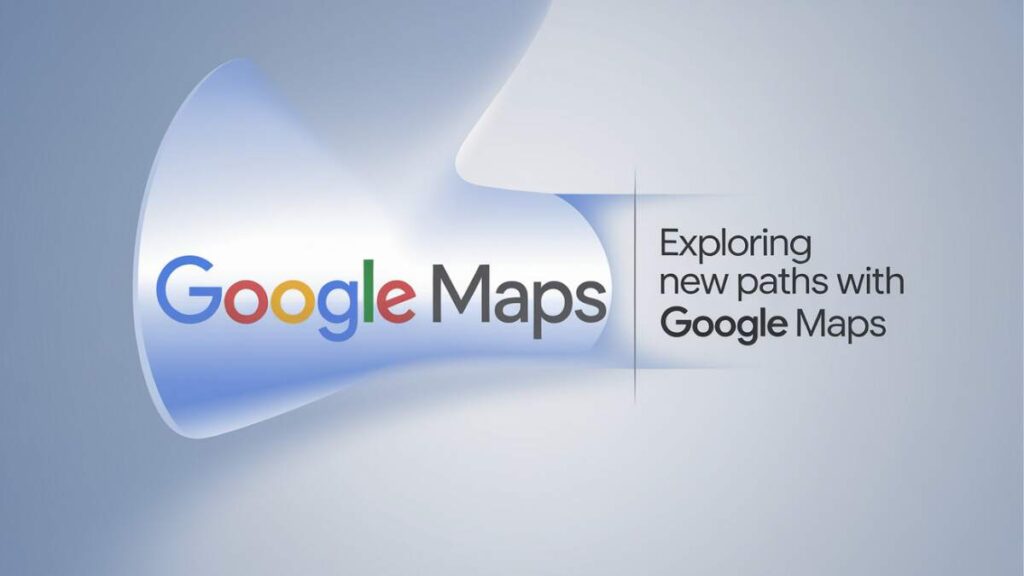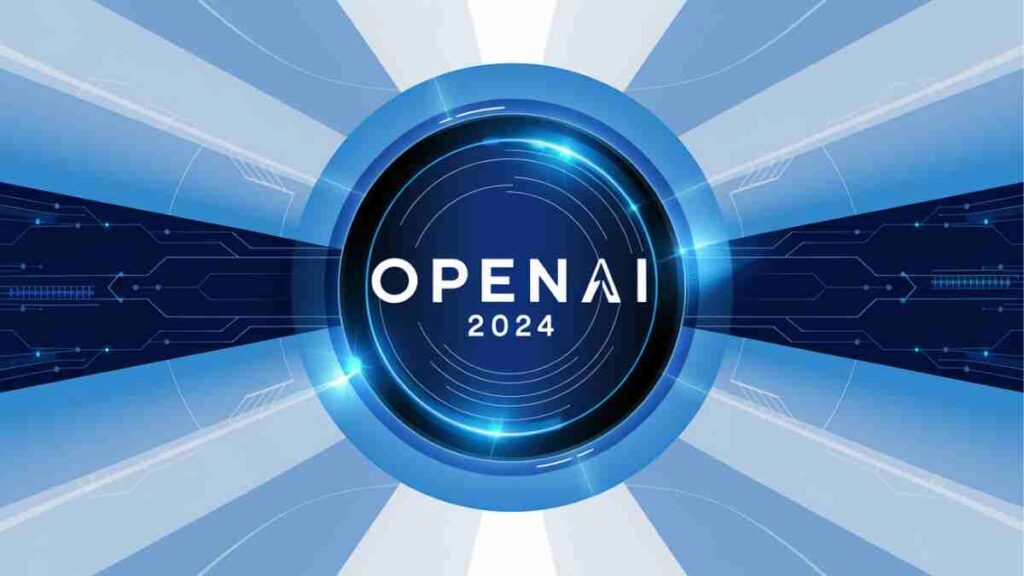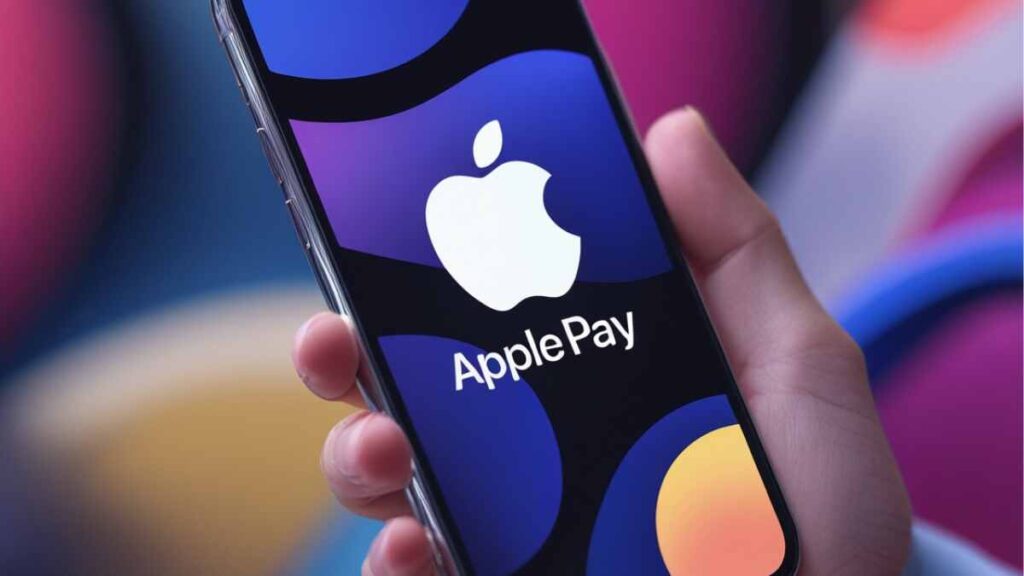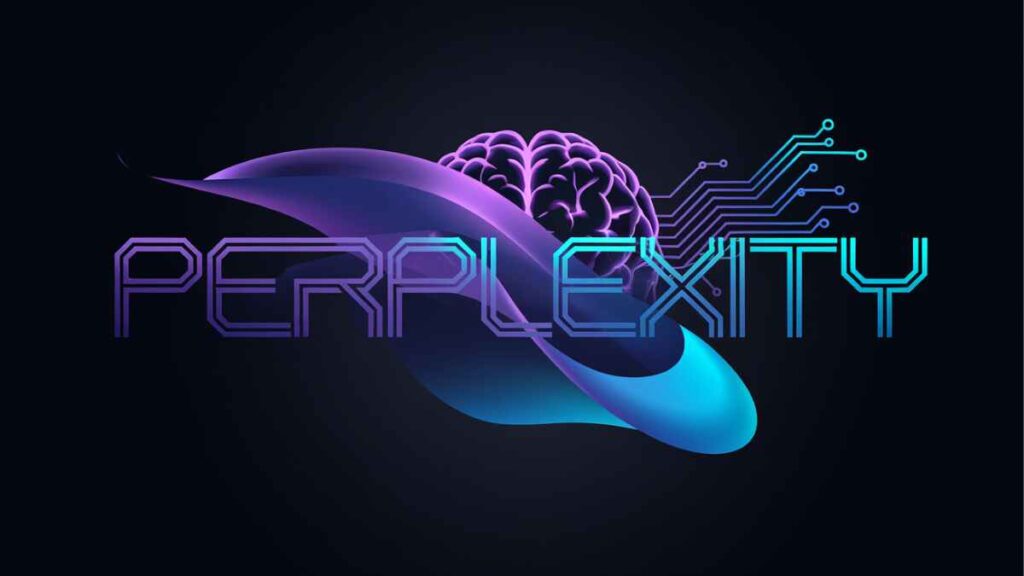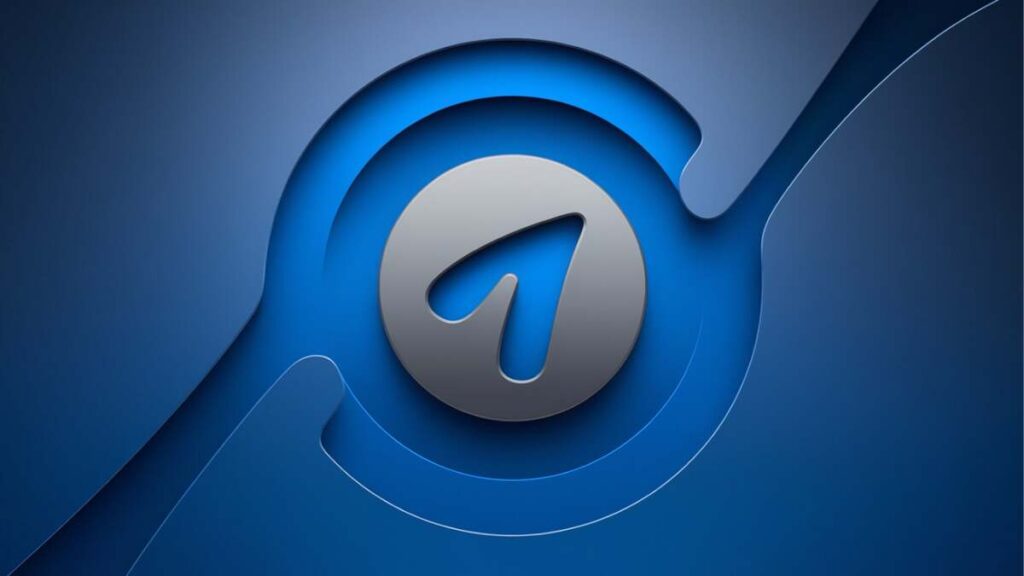Open-source software is vital to today’s software ecosystem. But, companies that rely on it must balance their community and business interests. The challenge is to stop third parties from misusing open-source licenses. We must also keep the user base’s goodwill.
Many businesses began with high open-source ideals. But, they later adjusted their approach as investor pressure grew. These pressures often lead to a pivot. Companies must protect their bottom line. This sometimes means restricting access or using more protective licenses.
The landscape can confuse developers and users. It’s hard to track which companies have moved from fully open-source models. For example, Element and Grafana have switched to stricter licenses. Others still struggle to balance openness with financial sustainability.
Movable Type Shifts Away from Open Source in 2013
In 2007, Movable Type, a popular web publishing platform, released an open-source version of its software, called MTOS, under the GPL. Some saw this as a way to align with the rise of WordPress, a popular open-source platform. However, the release of MTOS, which let developers modify and share the software, didn’t lead to the expected growth in users or adoption rates.
By 2013, Movable Type’s owners decided to end the open-source version. They cited low use and its limited impact on their paid products. The company said that, despite the open-source release, they saw little growth in the community or downloads, compared to their commercial products. This led to the conclusion that maintaining and distributing the open-source version was no longer viable.
SugarCRM (2014)
In 2014, SugarCRM, a CRM software firm, made a big change. It announced it would discontinue its open-source “community edition.” The company said it no longer met the needs of its two main markets: developers and first-time CRM users seeking an affordable solution. SugarCRM found that the community edition wasn’t serving these groups. So, it decided to focus on its commercial offerings instead.
Despite this, SugarCRM supported the last open-source version (v6.5) for four more years. The final phase ended in 2018. This move marked a big change for the company. It reflected the evolving needs of CRM users. It also showed SugarCRM’s shift to more robust, enterprise-level solutions.
Redis (2018)
In 2018, MongoDB shifted its database license from the open-source AGPL to the Server Side Public License (SSPL). The move aimed to stop major cloud providers, like AWS, from offering their own versions of MongoDB without contributing to the project. This change reflected the growing challenge for open-source developers. They must balance community collaboration with the growing commercialization of their products by large cloud platforms.
MongoDB (2018)
In 2018, MongoDB shifted its database license from the open-source AGPL to the Server Side Public License (SSPL). The move aimed to stop major cloud providers, like AWS, from offering their own MongoDB versions. They had not contributed to the project. This change reflected the growing challenge for open-source developers. They must balance community collaboration with the growing commercialization of their products by big cloud platforms.
Confluent (2018)
Confluent makes enterprise tools for Apache Kafka. It recently switched some core platform components from the Apache 2.0 license to its proprietary Confluent Community License. This change adds a key restriction. It bans competing services from offering Confluent’s products “as-a-service.” This is a big shift in open-source licensing. It raises questions about the future of open-source business models.
Cockroach Labs (2019)
In a major shift for open-source licensing, Confluent changed some components of its platform. The company provides enterprise solutions for Apache Kafka. They moved them from the Apache 2.0 license to its proprietary Confluent Community License. This new license has a key restriction. It prohibits any competing service from offering Confluent’s products “as-a-service.” This is a notable change in the evolving landscape of open-source software licensing.
Sentry (2019)
Sentry, a $3 billion company, has an app monitoring platform. In 2019, it changed its license from BSD 3-Clause to BUSL to stop competitors from copying its work. In 2023, the company introduced its own Functional Source License (FSL), a simpler variant of BUSL. This year, Sentry has a new “fair source” licensing model. It aims to merge open and proprietary software. It includes new definitions and governance.
Elastic (2021)
Elastic, which created the Elasticsearch search engine and Kibana dashboard, switched from open-source to proprietary in 2021. This shift was largely in response to AWS launching its own managed Elasticsearch service in 2015. In August 2023, Elastic returned to open source by adopting an AGPL license. This was a change from its previous Apache 2.0 license, but it was still open-source. This move sets Elastic apart as one of the few companies to reverse a decision to go proprietary.
HashiCorp (2023)
Last year, HashiCorp switched its tool, Terraform, to the Business Source License (BUSL) from a copyleft open-source license. It is popular. This move aimed to stop some vendors from profiting off Terraform without helping to develop it. In response, an open-source fork called OpenTofu was launched. Additionally, HashiCorp was acquired by IBM for $6.4 billion.
Snowplow (2024)
Snowplow, a VC-backed platform, helps companies collect behavioral data for AI. It recently changed its license from Apache 2.0 to the Snowplow Limited Use License Agreement. The company said this change is needed to fund its tech roadmap. It wants users to pay for the value they get from the software. The new license prohibits users from developing products that compete with Snowplow’s platform.


